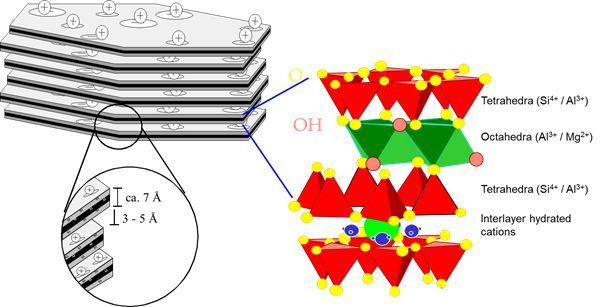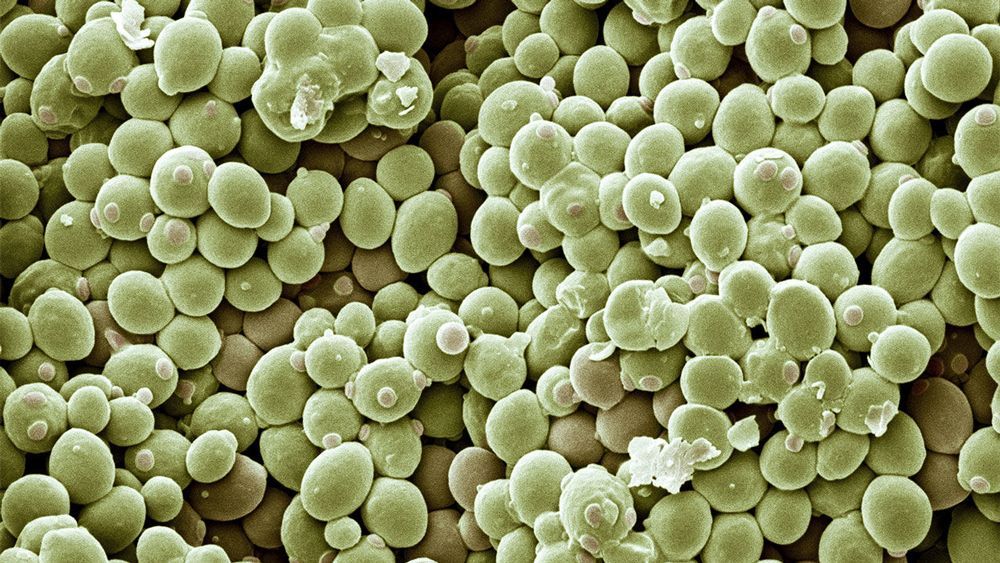Toxin
binders
Nu3guts
Reduce bioavailability of mycotoxins in the diet
Prevent mycotoxins from being absorbed through the gut and entering the blood circulation
Tthrough the gut and entering the blood circulation
Improve animal health
Reduce risk of human exposure
Food and Agricultural Organisation (FAO) estimates that about 25% of the world crops are contaminated with mycotoxins. Mycotoxins are highly diverse low molecular weight toxic secondary metabolites produced by filamentous fungi such as Aspergillus, Penicillium and Fusarium, which invade crops in the field and may grow on raw material or feed during storage under favourable conditions of temperature and humidity.
Mycotoxins are toxic to animals and humans and present a potential hazard to health worldwide. They can cause a lot of problems in livestock, mainly on performances, metabolism, reproduction and immunity leading to economic losses.
The mycotoxins of most concern due to their toxicity and occurrence are Aflatoxins, Ochratoxin, Deoxynivalenol (DON or vomitoxin), T-2 toxins, Zearalenone (ZEA), and Fumonisins.
The incidence of contamination and concentration of mycotoxins depends on the temperature and humidity. Climate change is causing a rise in temperature and CO2, hence leading to more extreme weather conditions (wet winters and dry summers) resulting in an increase of mycotoxin prevalence. In certain geographical areas of the world, some mycotoxins are produced more readily than others.
Due to the lack of practical solutions to totally preclude mycotoxin contamination in feeds, mycotoxin binders can be used to sequestrate the toxins and prevent them from being absorbed in the animal’s digestive tract, thereby limiting their effect on animaIs and thus their transfer to edible animal products.
One of the methods for reducing the exposure to mycotoxins is to reduce their absorption and bioavailability by using various mycotoxin binders.
Nu3link
Nu3guts XLS

Aluminosilicates
Aluminosilicates are used for the detoxication of feed contaminated by fungi and mycotoxins.

Organic polymers
Microbial cell walls can be used to alleviate the harmful effects of mycotoxins in contaminated feeds.

Herbal extracts
Milk thistle (Silybum marianum L.) is an ancient medicinal plant which has been used for centuries for treatment of different diseases.
